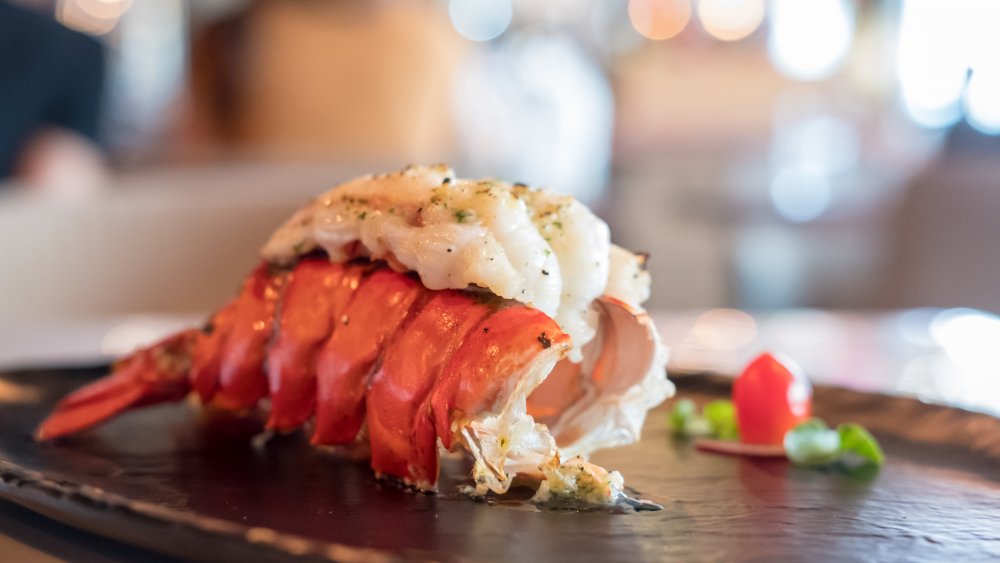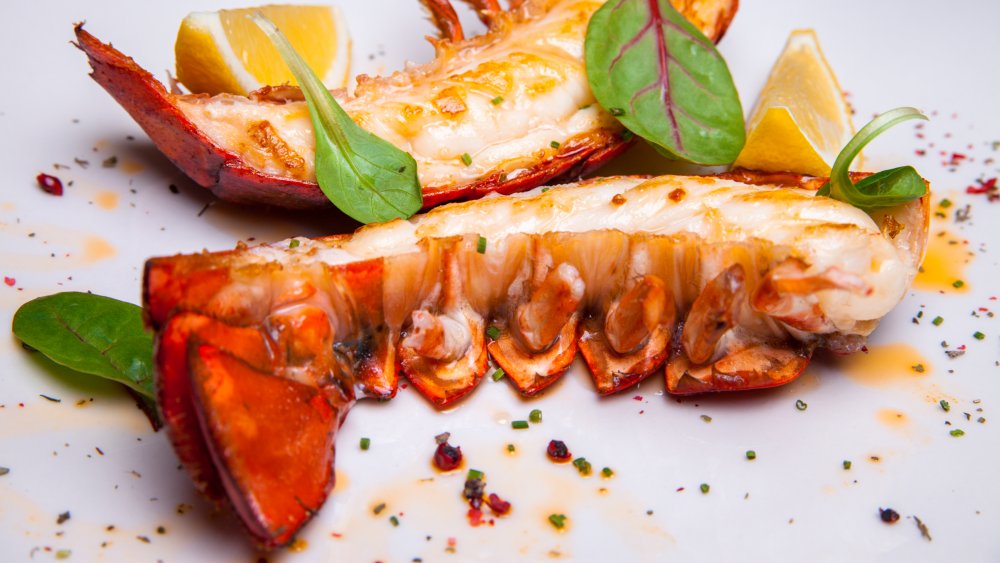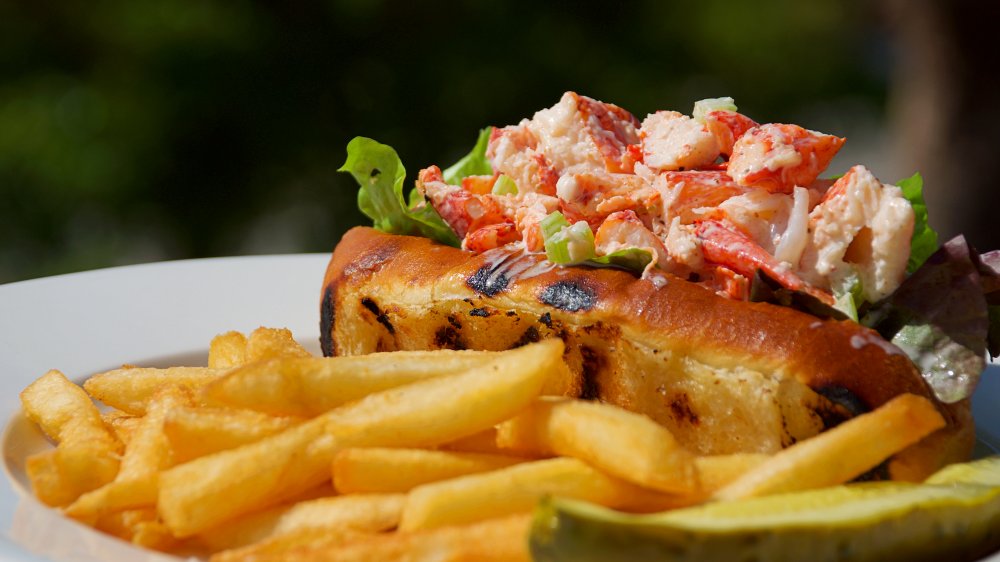Why Is Lobster So Expensive?
They used to be everywhere. History tells us that when the first Europeans reached the New World, lobsters would reportedly come ashore in piles up to two feet high, and thanks to their sheer abundance, lobsters were considered the poor man's protein.
Lobsters were used by Native Americans to fertilize crops, bait their fish hooks, and when they ate lobsters themselves, they wrapped the crustaceans in seaweed and baked them over hot rocks in what History says probably inspired the first clambakes. Because they were so cheap in colonial America, lobsters (which Business Insider says were also called cockroaches of the sea), were fed to prisoners, apprentices, slaves, and children.
Modernization changed the lobster's status
All that came to an end in the 1800s, thanks to two industrial developments: the dawn of rail transport and the invention of canning as a way of preserving food. Canning meant lobster (which was still cheap), could be sent to different parts of the country, and trains became an inexpensive way to bring inlanders to America's coastal cities.
By the 1880s, the "cockroach of the sea" became a delicacy, and thanks to increased demand (and the inevitable diminished supply), lobster prices started to rise. Just over half a century later, lobsters had become a delicacy to be consumed by the wealthy who had once shunned them.
Lobsters have a global reach, making them even more expensive
In Maine, prices for a lobster roll rose to $26.50 in 2017 — the highest price tag the dish has seen in nearly 80 years. "Many people do not understand the incredible global reach of the industry, the investment individual lobster businesses have made to innovate, to market and promote their products abroad," says Anne Tselikis of the Maine Lobster Dealer's Association (via Maine Public). "In Maine we think of the lobster industry being small, but we are a global product with global demand," she said. "Everybody loves lobster. This thing has caught on."
Today lobster rolls can be had for just about any price point, depending on the type of bread, the add on, and the market price of this once common ingredient (via Central Maine).


